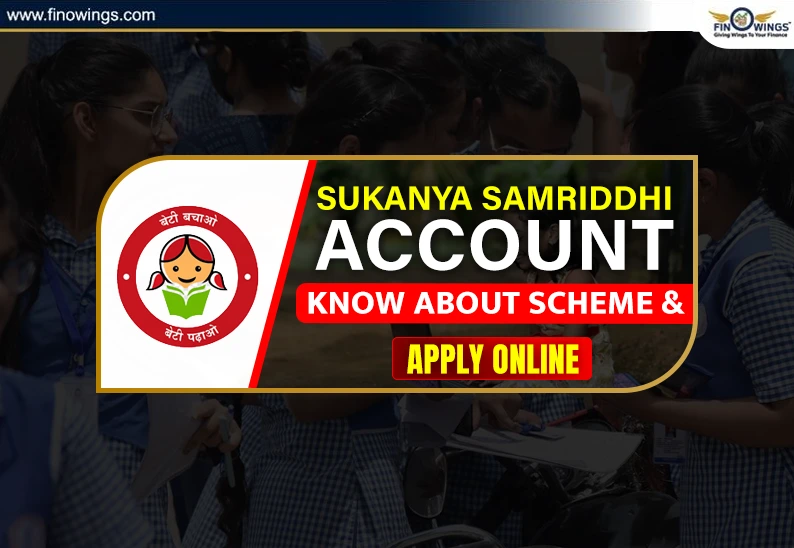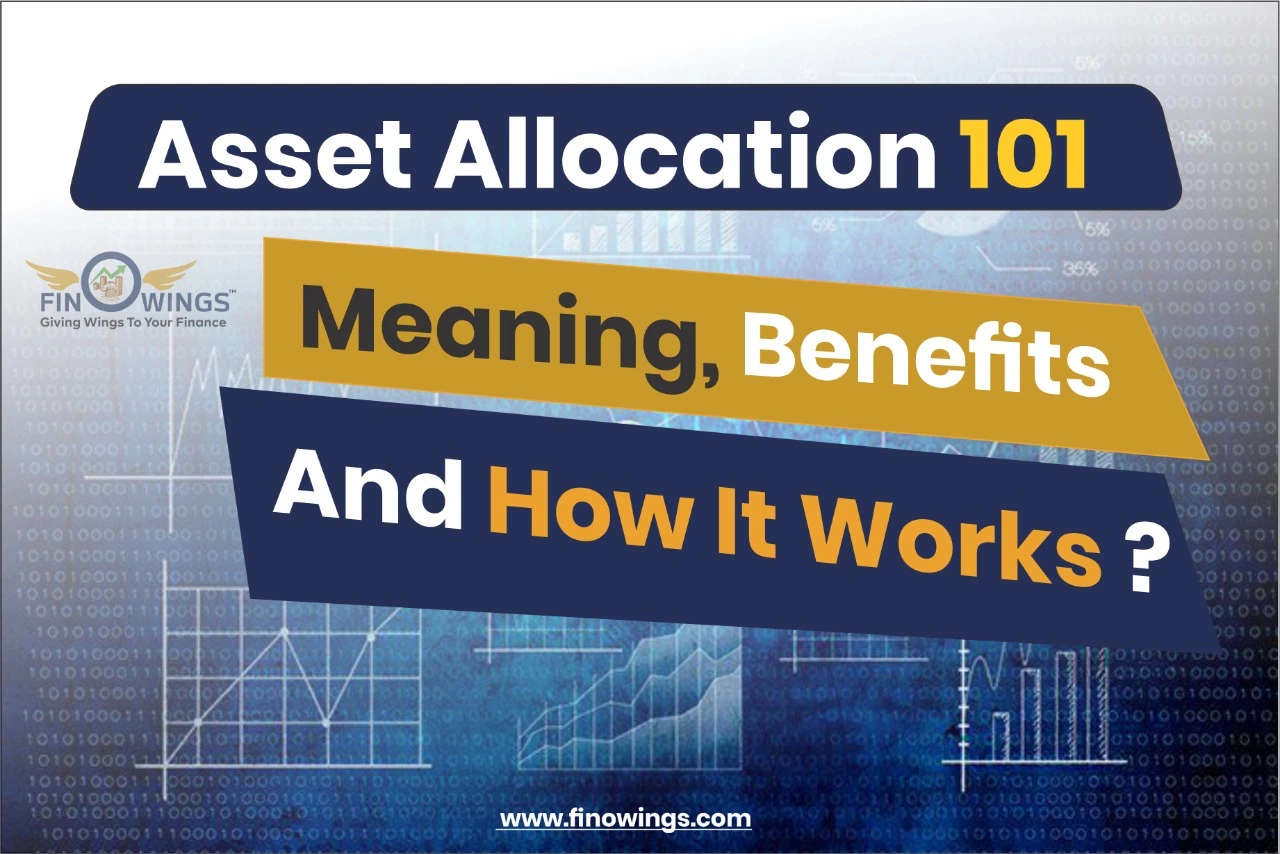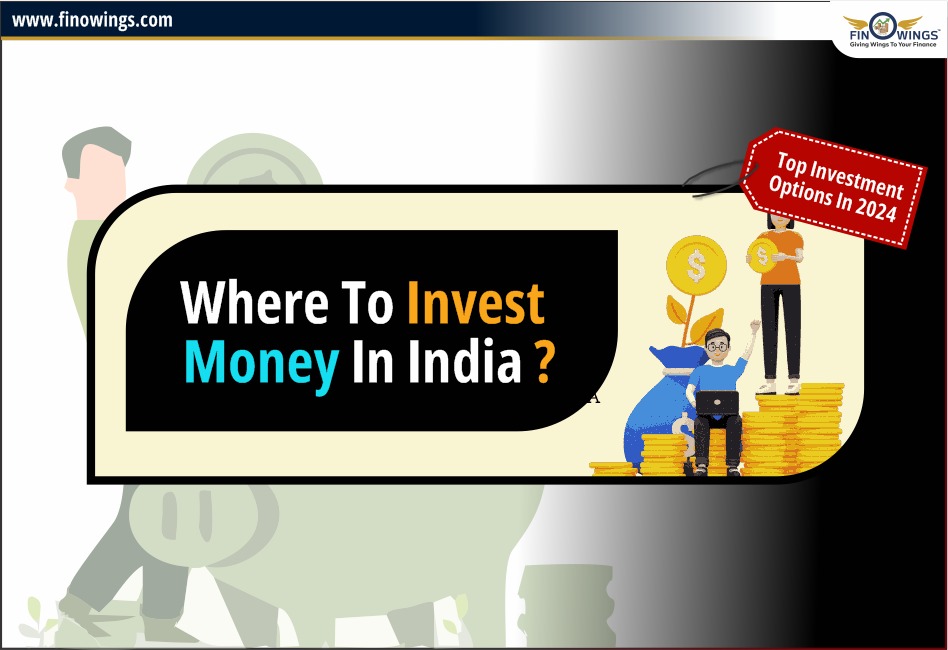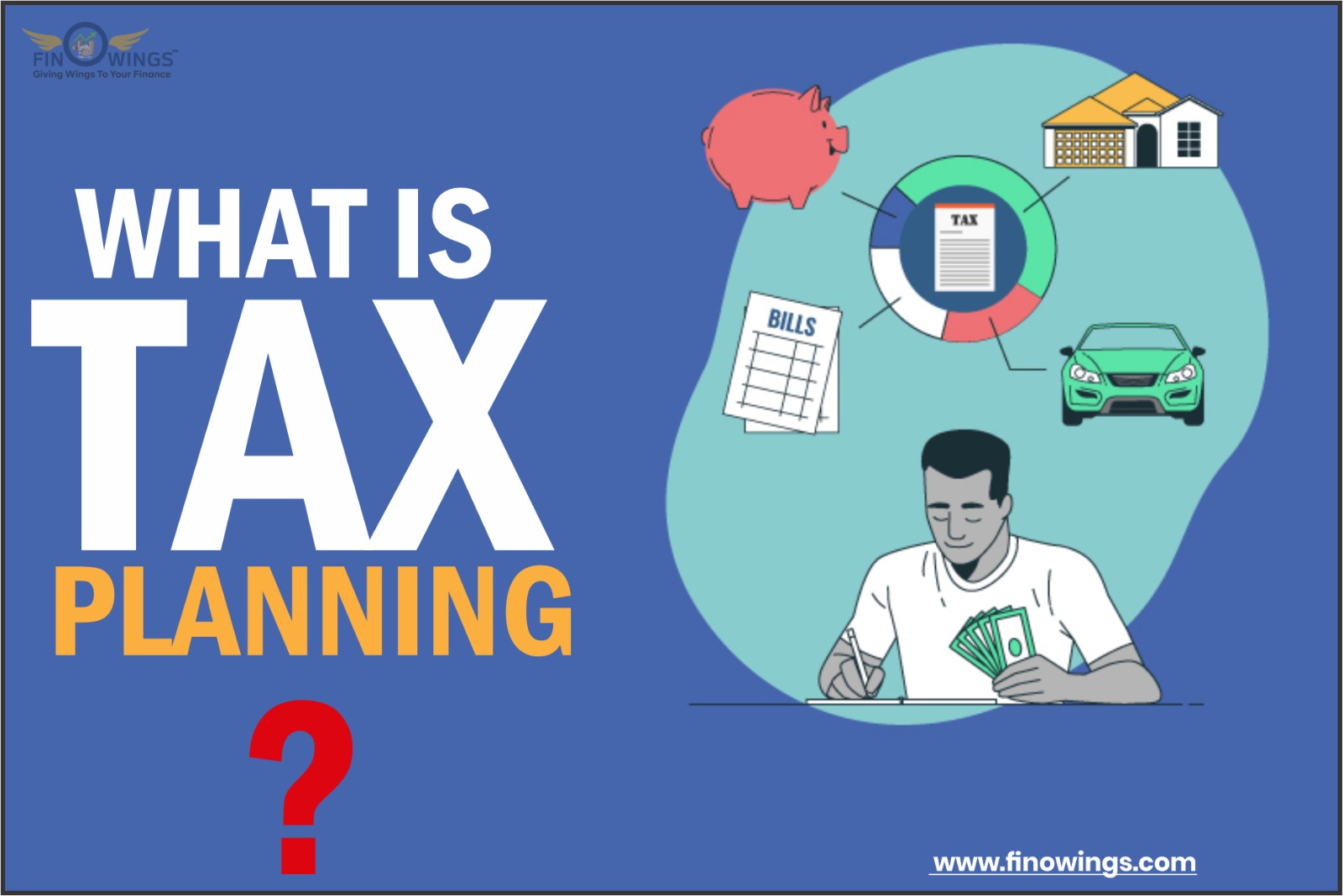Home >> Blog >> Understand GST & How It's Changing the Indian Business
Understand GST & How It's Changing the Indian Business

Table of Contents
- Introduction:
- How does the GST work in India?
- GST's History
- Types of GST in India
- Who Is Required to Register for GST?
- Certificate of GST
- How do I Calculate GST?
- Advantages of GST
- GST Council :
- Goods and Services Tax Network:
- Features of GSTN
- GSTN Functions
- Helpline for GST
- GST Application
- Conclusion
Introduction:
The GST (Goods and Service Tax) is a national indirect sales tax imposed on the cost of specific goods and services. The business adds the GST to the product's price, and the customer pays the sales price plus the GST. The GST portion is collected and forwarded to the government by the business or seller. In some countries, it is also called Value-Added Tax (VAT).
What exactly is the Goods and Services Tax, and how does it function?
The GST (Goods and Service Tax) is an indirect tax that was introduced to replace a number of other indirect taxes, including VAT, service tax, purchase tax, central excise, and so on. GST is a tax imposed in India on the supply of some goods and services. It is the only tax imposed throughout India.
How does the GST work in India?
Manufacturer: GST on the purchased raw materials and the product's value addition must be paid by the manufacturer.
Service Provider: The service provider is obligated to pay GST on the product's purchase price and the added value. On the other hand, the total amount of GST that must be paid can be reduced by the manufacturer's tax.
Retailer: The retailer is responsible for paying GST on the merchandise they bought from the distributor and the margin they added. The retailer's tax may reduce the total GST that must be paid.
Consumers are responsible for paying GST on goods they purchase.
GST's History
On July 1, 2017, India enacted the Goods and Services Tax. However, the process of putting the new tax system started some time ago. In 2000, Atal Bihari Vajpayee, India's prime minister, established a team to design the GST law. To modernize the tax system at the time, a task force recommended in 2004 that a new tax structure be implemented.
The Indian Finance Minister proposed in 2006 that the GST law be put into effect on April 1, 2010, and in 2011 the Constitution Amendment Bill was passed to make this possible. In 2012, the Standing Committee started talking about GST; a year later, it presented its GST report. The GST bill was reintroduced in 2014 by then-new Finance Minister Arun Jaitley, and the Lok Sabha approved it in 2015. However, because the Rajya Sabha did not approve the law, its implementation was postponed.
Both houses adopted the revised model GST law before the GST was implemented in 2016. Additionally, the Indian President expressed his approval. The Cabinet authorized four additional GST Bills enacted by the Lok Sabha in 2017. The new tax system was implemented on July 1, 2017, after the Rajya Sabha approved four addendum GST Bills.
Tax Laws Before GST Implementation
- Previously, the Centre and the States collected tax separately. As a result, the tax regimes varied depending on the state.
- Even though an individual had to pay an import tax, someone else had to bear the burden. The taxpayer is obligated to pay the tax in the event of direct taxation.
- In India, there were direct and indirect taxes in place before the introduction of the GST.
Types of GST in India
4 types of GST:
-
Central Goods and Services Tax (CGST): The Central Goods and Services Tax (CGST) is charged on intrastate supplies of goods and services.
-
State Goods and Services Tax (SGST): Like the CGST, SGST is assessed on purchases made inside a state.
-
Integrated Goods and Services Tax (IGST): Interstate sales of goods and services are subject to the Integrated Goods and Services Tax (IGST).
-
Union Territory GST (UTGST): In any of the nation's union territories, such as the Dadra and Nagar Haveli, Andaman and Nicobar Islands, Daman and Diu, Chandigarh and Lakshadweep, UTGST is imposed on the supply of goods and services. UTGST is a separate tax from CGST.
Who Is Required to Register for GST?
The following entities and individuals are required to register for Goods and Services Tax:
- Individuals who supply through e-commerce aggregators
- Individuals who pay tax through the reverse charge mechanism
- Input service distributors and suppliers' agents
- Taxpayers who are non-residents
- Businesses with a turnover that exceeds the threshold limit - Individuals who registered before the implementation of the GST law
GST registration:
Any GST-eligible company must register on the GST portal created by the Government of India. Each registered entity will receive a special registration number called a GSTIN.
All sellers, buyers, and service providers must register. A company must register for GST if it earns Rs. 20 lakhs or more within a fiscal year. Processing takes 2 to 6 working days.
Know the GSTIN or GST Identification No. :
Each taxpayer is given a 15-digit unique code called the GSTIN.
Your state of residence and PAN will be used to determine your GSTIN.
Some of the most popular uses for the GSTIN include the following:
- Loans can be obtained using the number.
- Refunds are available with the GSTIN.
- The GSTIN makes the verification process simple.
- Corrections are always possible.
To check your GST number online, go to https://services.gst.gov.in/services/searchtp. To view the details, enter the GSTIN from the invoice into the search box, then complete the captcha.
Certificate of GST
A GST Certificate is a government-issued document issued to a company that has enrolled in the GST system. This system requires registration for any company with an annual revenue of Rs.20 lakh or more and some special businesses. The Registration certificate is issued using Form GST REG-06. You can procure your GST Certificate from the GST Portal if you are a registered tax-paying citizen under this system. There is no physical issuance of the certificate. Only digital versions are offered.
GSTIN, Legal Title, Trademark, Business Structure, Address, Period of Validity, Types of Registration, Particulars of the Approving Authority, Signature, Specifications of the Approving GST Officer, and Date of Issue.
Returns on GST
A GST Return is a taxpayer's income record that must be submitted to the appropriate authorities. The tax liability of the taxpayer is determined using this information. Under the Goods and Services Tax, registered dealers must submit GST returns that include information on their purchases, sales, input tax credits, and output GST. Along with a yearly report, businesses are required to file two monthly returns.
How do I Calculate GST?
It can take time to determine how much GST you need to pay when submitting your returns. This is because the ITC, exempted supplies, reverse charge, and other issues must all be considered. It's crucial to ensure that you pay the precise amount due for GST because underpaying the tax could result in an interest charge of 18% on the shortfall.
Calculating the required amount of GST is made simple for taxpayers by the GST Calculator. You must input all necessary data, including the month for which you are computing GST, the actual filing date for returns for that month, the tax liability for that month, the purchases that fall under the Reverse Charge Mechanism, the opening balance of your cash and credit ledgers, and the qualifying ITC.
GST Payments
Currently, the GST must be paid on a monthly basis. The GSTR-1 and GSTR-3B forms must be completed. In the case of refunds, the appropriate forms must also be submitted. GST payments may be made in person or online. A challan must be generated once the payment has been made.
GST E-Way Bill
The E-Way bill is a digital record created to show the movement of goods. The GST portal can be used to create the bill.
Advantages of GST
The following are the benefits of India's goods and services tax.
- Unorganized sector regulation
- E-commerce operators are no longer subjected to preferential treatment.
- Less complication
- Composition scheme - Simple registration and return filing - A higher threshold
- The cascading tax effect is eliminated.
GST Council :
The State and Union Governments must receive recommendations on GST-related matters from the GST Council. The GST Council is presided over by India's Union Finance Minister. In addition, each state's Union State Ministers of Revenue or Finance are also members of the GST Council.
Goods and Services Tax Network:
The IT system for the GST Portal is managed by the Goods and Services Tax Network (GSTN). A non-profit, non-governmental entity maintains the GST Portal's official database.
The GST Network's current structure can be summarized as follows:
-
Central Government - 24.5%
-
State Governments and EC - 24.5%
-
LIC Housing Finance Ltd. - 11%
-
01ICICI Bank, HDFC, NSE Strategic Investment Co., and HDFC Bank - 10% each.
Features of GSTN
The GST Network's key characteristics are as follows:
- Keeping all taxpayers' information safe and secure. - Maintaining the confidentiality of taxpayers' information.
- It is a dependable National Information Utility (NIU).
GSTN Functions
The GST Network's or GSTN's primary functions are as follows:
- It is in charge of handling invoices
- It is in charge of handling registrations
- It is in charge of handling payments and refunds (if any)
- It is in charge of handling various types of returns
Helpline for GST
Taxpayers can use the GST Helpline to contact the appropriate authority if they have any queries or issues about their GST filing. The support desk was previously reachable by email at helpdesk@gst.gov.in. However, it should be mentioned that this email address is no longer active.
The GST Helpline contact information is as follows:
1800 1200 232 is the toll-free number.
https://selfservice.gstsystem.in/ is a self-help portal.
GST Application
There are a few GST applications that are designed to run on smartphones. There is also a government-issued app called the CBEC GST, which is available among the apps. It can be downloaded for your Android smartphone from the Google Play Store.
Aside from that, there is a slew of third-party applications. The primary goal of these applications is to help taxpayers become acquainted with the concept of GST and, as a result, ensure a smooth transition to the new taxation system.
Conclusion
The sale of goods and services is subject to the GST, a multi-stage, all-inclusive tax system. The primary goal of this taxation system, which is applicable throughout India, is to reduce the cascading effect of other indirect taxes.
The GST can be advantageous because it simplifies taxation by combining several different taxes into a single system. It is also thought to reduce tax evasion and corruption among businesses.

















